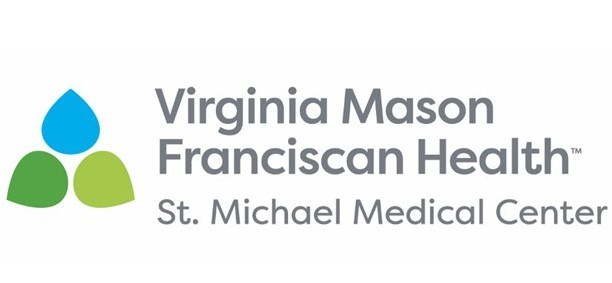Predictions for the coming year — including more COVID in the news
3 Jan 2022
Covid-19, Economy, Opinion, Inclusion, Executive Director Monthly Column, Housing, BIPOC
Joe Morrison is the Executive Director of the Kitsap Economic Development Alliance
Last year around this time, I published five words to predict 2021’s economy: Growth, K-Shape, Relief, Equity and Vaccination. Looking back, I’d grade myself with a “B” on the combined prediction. Certainly, there was plenty of growth last year, fueled significantly by the federal government’s unprecedented economic relief, $5.7 trillion of COVID-related legislation.
My predictions around equity and increased efforts to combat different outcomes in the US based around race is less clear. I’m aware of some specific legislation that passed. Also, there’s some data that the second round of COVID relief funds reached society more broadly. I’d argue though, that in general the discussion that our nation collectively had around equity of opportunity and vastly different social outcomes based on race in 2020 declined in 2021.
As for the continuation of the US’ K-Shaped economy—economic winners at the top, the struggling at the bottom, and a shrinking middle class in between—this might be the prediction that was the most off. Yes, we still have an economy with large wealth and income disparities. But if anything, a shift might have started in 2021. We know there’s rapacious demand for worker hiring across nearly all industries. Now more than ever in recent times, workers have power and the middle-class options.
That leaves us with one word left, vaccination. Let’s do some 2022 predictions and come back to that at the end. Sadly.
Brake. The US economy, the largest in the world, is now a speeding train. Consumers have cash in hand, and the values of homes and stocks are soaring since the pandemic’s initial recession in March 2020. The Federal Reserve is conscious of the need to begin the counterbalance, with plans to cut their emergency asset buying program in half immediately and end it in 2022, resulting in fewer newly introduced dollars. Perhaps more relevant to us all, two-thirds of the Fed’s Open Market Committee forecast three interest rate hikes next year, and an additional three in 2023. Expect higher rates. I do predict the Fed will apply these economic brakes sensitively and lightly, given the ongoing COVID-19 pandemic and the general unpopularity of efforts that slow down the economy.
Inflation. Of course, the reason we need to apply the brakes is because the scourge of central bankers is back. In November the Consumer Price Index was up 6.8 percent, the largest year-on-year increase since 1982. Energy and food prices are up significantly while prices for some goods, like new and used cars, have rocketed. But Consumers have money, want things and are willing to pay. Companies raise their prices for a variety of reasons, including this. Once prices go up, they can be hard to bring back down.
With average worker pay up nearly 5 percent in 2021, you can see the start to a pattern: That’s a big increase, but still potentially behind inflation. Workers are in high demand. We’re paying them more because there are fewer of them. Prices continue to increase. Meanwhile, we still need workers, to keep the ones we have, find new ones, and pay for those increased costs. We pay them more and…you get the idea.
Gaps. Which brings us to this prediction: If we are using the analogy that the US economy is a speeding train, there are now gaps in the tracks that haven’t been there before in our recent economic history. Examples include a too-small workforce, a snarled up global supply chain and not enough housing for the population.
When the pandemic hit, 2.4 million women left the workforce. Consider that also, 3 million baby boomers have retired. When it comes to housing, a second quarter analysis said the nation was short 6.8 million units, and it’s difficult to produce housing quickly to meet demand. As for supply chains, while there’s been some headway made against the backlog, increased costs to bring products to market exist and snarls remain. My prediction is that none of these gaps will be ironed out in 2022. Most will take multiple years to address and will continue to define much of the American economy.
Digitization: COVID doesn’t appear to be going away anytime soon, and as such we will continue to live in an increasingly digital society. The tools that have enabled global commerce to continue during a pandemic and for many of us to keep doing our jobs remotely will grow, especially with in-person interactions still limited. Look for (at best) a continued slow return to the office, with continued productivity from workers in virtual environments and thanks to other technologies. Look for more of our entertainment to come from the likes of Amazon, Netflix, Apple and Disney Plus, delivered at home. Look locally even: When you walk into your neighborhood restaurant, more places will allow you to use your smartphone to launch a QR code, see the menu and order online, with food brought to you near interaction-free. As for all the other things we want to do, whether that’s attend an event or travel via plane, look for digital applications like Clear and others to help us manage or verify our health status.
Endemic: The last and biggest word. All of the above economic outcomes are being shaped by the globe’s ongoing collective health crisis. A word in my 2021 predictions was vaccine, and that it would be the answer to lead us out of this crisis and get the US economy back on track. Maybe it could have, if vaccines were more widely adopted. We lost out on a summer of freedom in 2021, where the US’ enviable position to obtain rapid vaccine access might have led us to a quick immunity. Like other countries, we were hammered by the Delta strain of the virus. Now we’re on to our second notable mutated strain in one year, Omicron.
The good news is that everything ends, every pandemic in global history has ended, and this one will too. The bad news is that doesn’t mean it’s happening anytime soon. Four in ten Americans remain not fully vaccinated. Two-thirds of Americans haven’t received a booster shot, the most effective way to protect against Omicron. My prediction is that in 2022 the COVID crisis will continue. This kind of life may be our new normal for quite some time, until this fire burns out.
That’s it. Notice I haven’t mentioned the word correction as part of these predictions. While it’s on my mind, I left it off largely because if the US’ economic response to COVID has been historic, our economic trajectory will rise for the near-term. But yes: Corrections are an indisputable part of the economic cycle. And I’m not convinced I can mentally match up the ongoing health crisis with our current financial lives and the US economy, saying that it all fits and makes sense.
But we will look at the potential for correction, and the outcomes of these five words as my predictions, next year.
Joe Morrison (morrison@kitsapeda.org) is the Executive Director of the Kitsap Economic Development Alliance. Shoot him an email for feedback on the predictions, or join KEDA for our Kitsap Digital Hour at 11 a.m. on January 13, on the topic of Business Credibility and Credit with Jenefeness Tucker. Sign up at http://kitsapeda.me/KDH
More Topics

Washington PTAC News
Dec 16 2021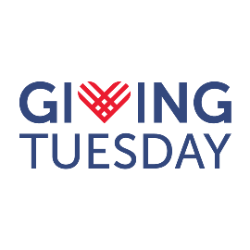






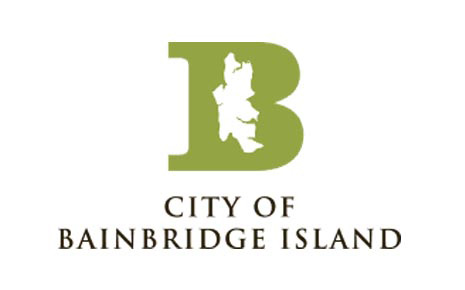
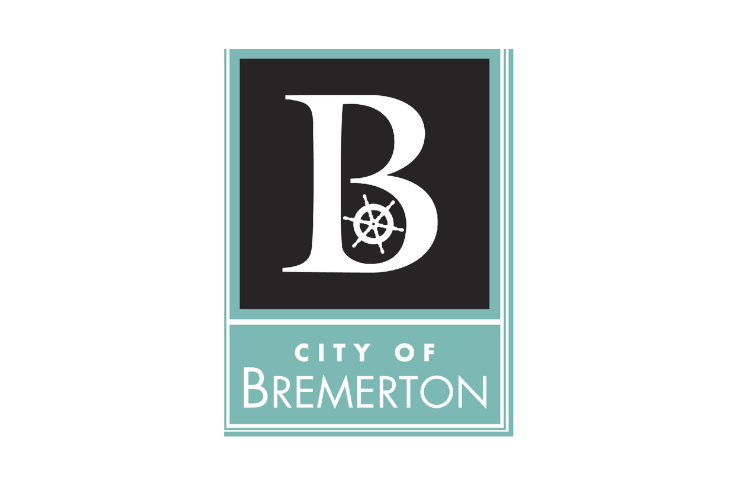

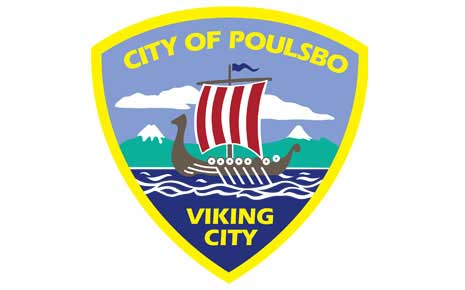
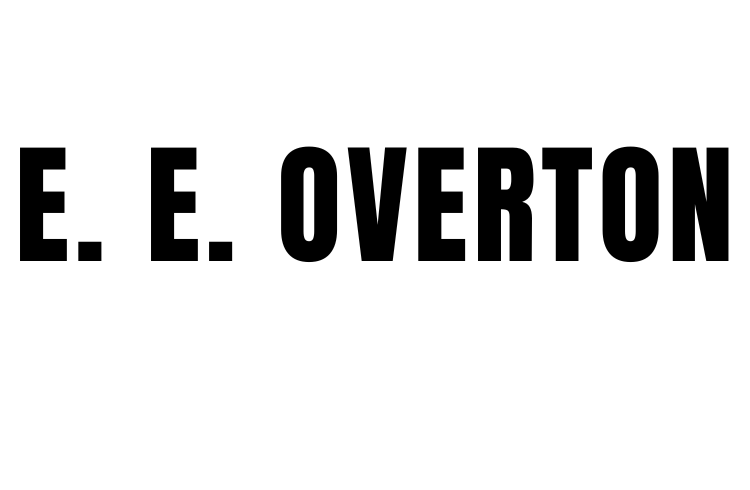
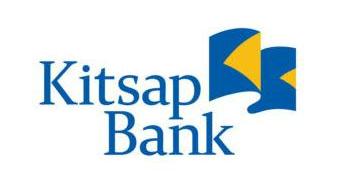
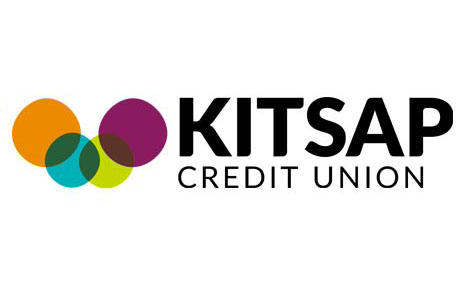
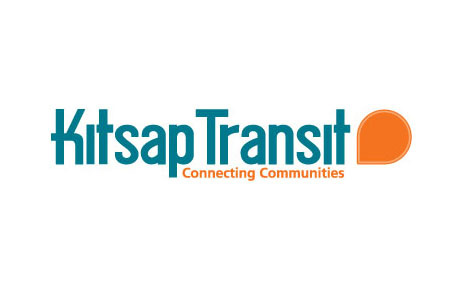
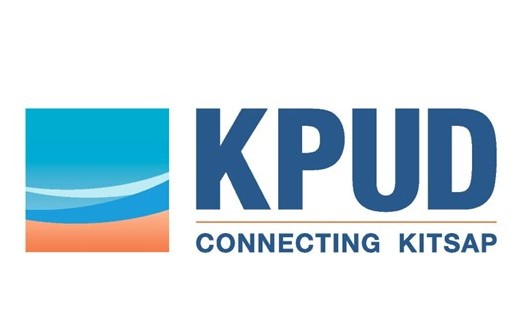
.png)

.png)
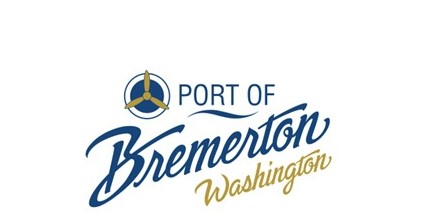


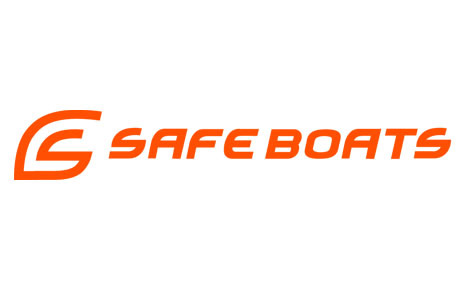
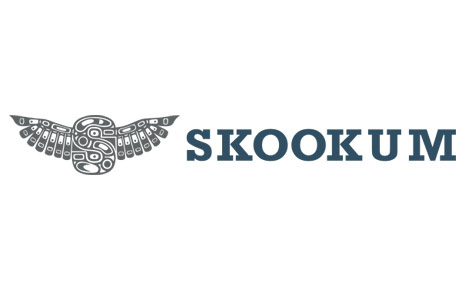
.png)
